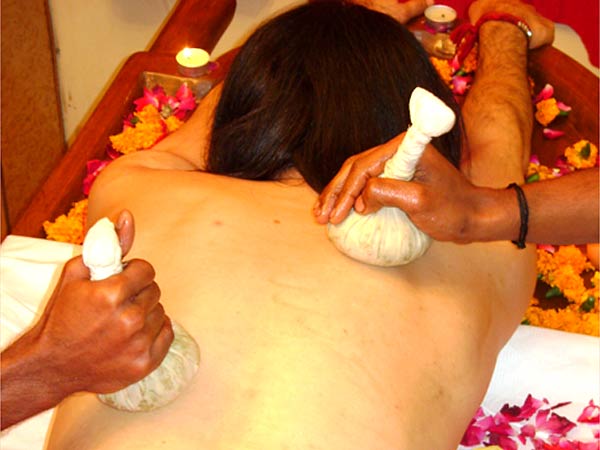This Karma aims at removing the pitta toxins from the body. Here are some basic information of Virechana Karma or Purgation therapy.
Virechana Therapy

Ayurveda, the science of life, emphasizes on the adoption of a number of preventative and healing therapies, which can purify and rejuvenate the body, mind and soul. The medicinal form of science is not just a healing system, but also an art of appropriate, healthy and disease-free living. It aims at increasing the longevity of people of all ages. One of the therapies of Ayurveda, Panchakarma encompasses five treatments that can prevent and heal a number of diseases. One of the types of Panchakarma is Virechana, a purification therapy.
The Treatment
Virachana therapy is defined as the medicated purgation therapy, which cleanses the Pitta and purifies blood, by clearing the toxins from the body. The treatment concentrates on the toxins that are accumulated in the liver and gall bladder. The gastro-intestinal tract is also cleansed by Virachana therapy. This treatment is usually administered for three days after Vamana treatment, but its duration may vary from case to case. In fact, Virechana can be administered directly after purvakarma, without undergoing the Vamana therapy that precedes Virechana.
Procedure
While performing the Virechana karam, the vitiated doshas are eliminated through the rectum. The drugs used for the purgation therapy are vitiate the doshas and bring them into the abdomen. During the procedure, the patient is subjected to Oleation first, then Fomentation, which is followed by Emisis and Samsarjana Karma (post operative). The internal Oleation is followed for three to seven days. Thereafter, a medicated steam bath is performed for three days. A light and warm diet is prescribed for the patient, a day before starting Virechana karma. However, certain factors like body and mind constitution, age of the person, mental condition should be considered, while opting for Virechana karma.
Herbs Used For The Therapy
Virechan therapy aims at cleansing the sweat glands, small intestine, colon, kidneys, stomach, liver and spleen. A number of herbs are used for the treatment, which serve as laxative. Some of the herbs preferred by majority of Ayurvedic practitioners include senna, prune, bran, flaxseed husk, dandelion root and psyllium seed. Cow's milk, salt, castor oil, raisins and mango juice are also used for the treatment. When the laxatives are consumed by the patient, he/she is recommended to follow a restricted diet. This proves beneficial for the patient.
Health Problems Treated By Virechana Therapy
Virechana can treat a number of health problems and uproot them, so that they do not occur again. Skin diseases, chronic fever, piles, abdominal tumors, worms, gout, jaundice, irritable bowel syndrome, gastrointestinal problems and constipation can be effectively cured by Virechana therapy. In addition to these, the therapy is administered to treat diabetes, asthma, goiter, lepracy, headaches, elephantiasis and gynecological disorders. Virechana karma aims to eliminate doshas from kidneys, lungs and sweat glands, which is otherwise not possible by Vamana karma.



